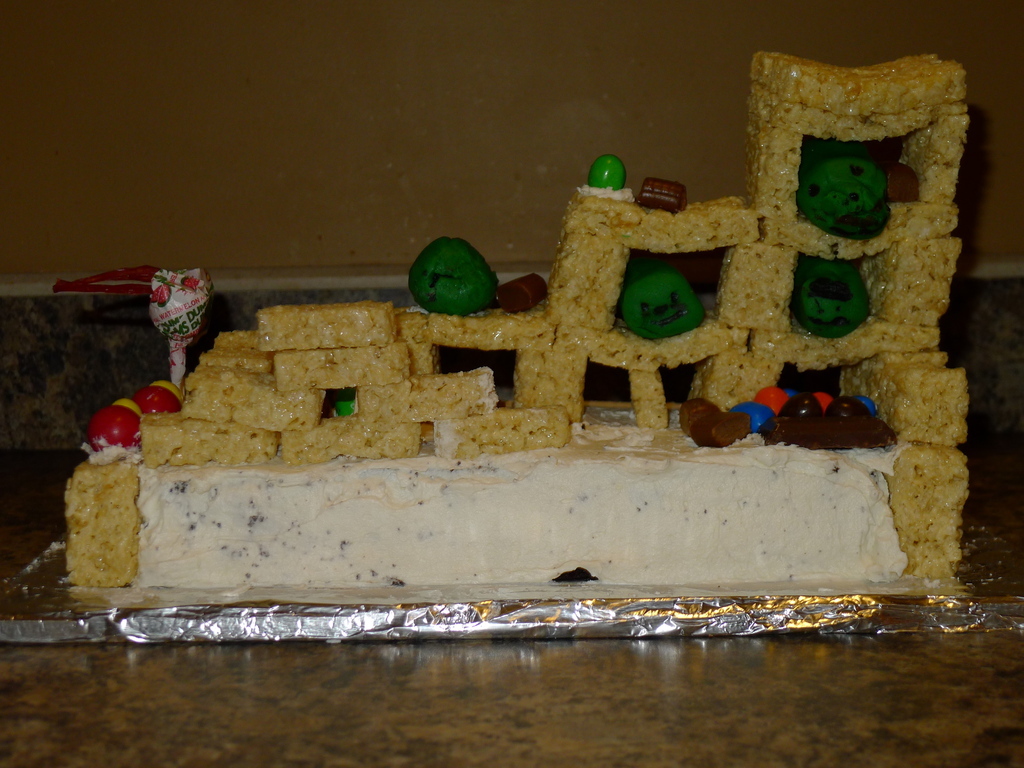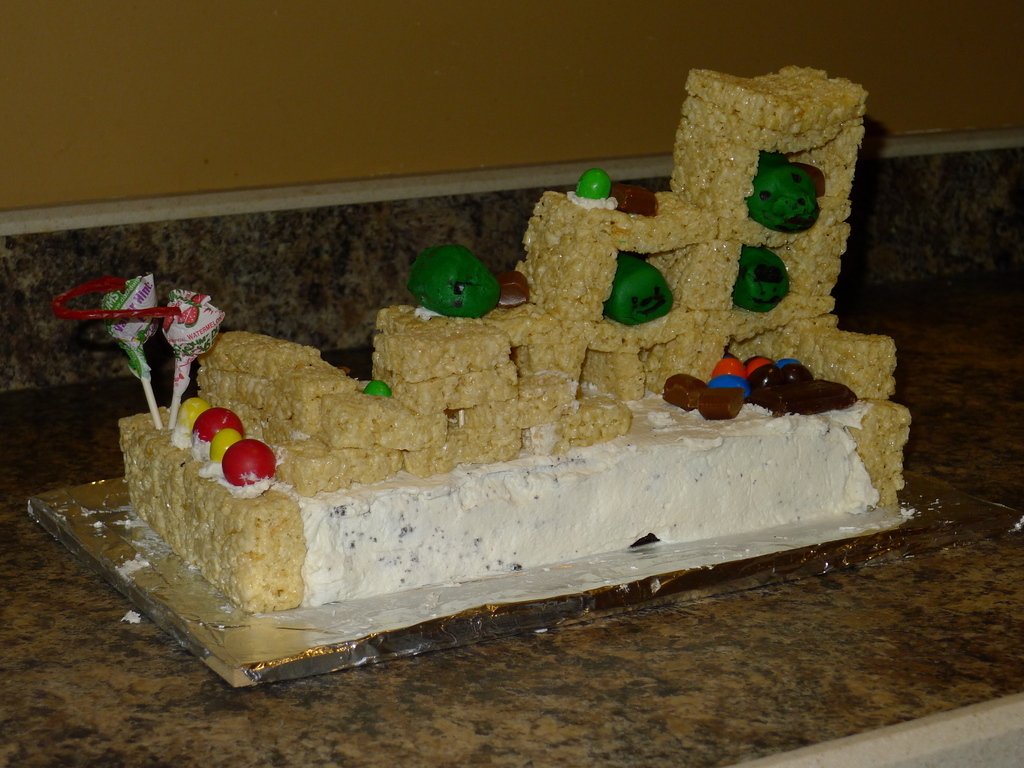I’ve been a den leader for the boy’s Cub Scout Pack for the past 2 years. As a courtesy to the parents of the kids in our Den, I send out a recap so that those not in attendance know what went on at the meeting. Since boys are so forth coming with information (sarcasm!), I figured this was the best way to make everyone feel comfortable with what their boys were learning. I’ve decided to start posting the recaps (minus names of course) because planning the meetings is not as easy as it would seem. Accordingly, I thought other leaders perusing the interwebs might find them useful should they stumble upon them. I’ll be slowly adding the previous meetings to the blog as I go to fill out the repertoire.
Finally, I’m adding it because Scouts has been a worthwhile experience for the boy. It’s an extra chance to get together with his friends, but it’s also a chance for parents to have a direct impact on what they learn since we choose the curriculum. As such, it has probably belonged on the blog all along as a memento of formative years. There’s wisdom in here. Somewhere.
We opened the meeting, as always, with a simple flag ceremony where we recited the Pledge of Allegiance and then the Cub Scout promise. The Scouts still haven’t mastered the skill of unfolding the Flag and then raising it on the pole, but it hasn’t been for lack of trying. We’ll continue to do it through the remainder of our meetings.
I then took care of some old business and handed out some awards for our Popcorn fundraiser. From there, I started the new business with a discussion on what “courage” is. All of the Scouts had their own thoughts on what it meant, mostly centering around being brave and doing exciting things. I tried to explain that courage is a little more than that: it’s a willingness to do something even though they might be scared or uncertain. They quickly grasped the idea and started offering a range of examples from fighting in wars to going into haunted houses.
When we finished this, I assigned Activity 12 from the Wolf Handbook. There are a series of scenarios that are listed in this activity and the Scouts have to pick 2 of them and explain how they think they should act given the conditions described. I then walked them through an example: What if you’re alone at the house and a stranger calls and asks if their parent’s are home. What should they do?
All the boys realized they should either lie and say that their parent’s are home but unavailable or simply hang-up the phone. I tried to point out that this is one case where lying was OK because they were protecting themselves- but don’t tell their parents that I said it was OK to lie.
After a quick break, we moved on to the main event: learning how to read maps. I brought a map of a local state park as well as a road map. We talked about what the different lines on the map mean, what the “legend” is used for, and how to properly orient the map using the North indicator that all maps have.
That led into a discussion about how to use a compass and how a compass works. Most of the boys thought a compass tells what direction it’s pointing in. I explained that a compass actually only tells one direction: it always points North. But once we know which direction North was, it’s easy to figure out the other directions. I also explained a little about magnetism and why the compass always points North and even used a magnet on the compass to control the needle to demonstrate. When they saw the compass moving around with the magnet, they all wanted a turn trying that.
Afterwards, we practiced orienting the maps properly since we now knew where North was and then all the Scouts took turns finding there homes on the road map. The Dads present also got involved at this point helping them find where they lived. The road map was gridded, to help locate things quicker on the map, and I explained that concept to them as well. As a final, somewhat humorous, note I also explained that maps are the reason that Men never ask for directions.
I wrapped up the evening by telling them if they drew a map of their neighborhood and brought it to the next Den meeting, they would then have earned a Map and Compass belt loop. To offer them a little direction, I told them their map should include their house, their street, a “compass” so it could be oriented, and any important buildings or landmarks near their house. Obviously, they don’t need to worry about scale too much.
That activity concluded our night and I let them play on the foos ball table that our meeting room features until parents arrived to take them home.

